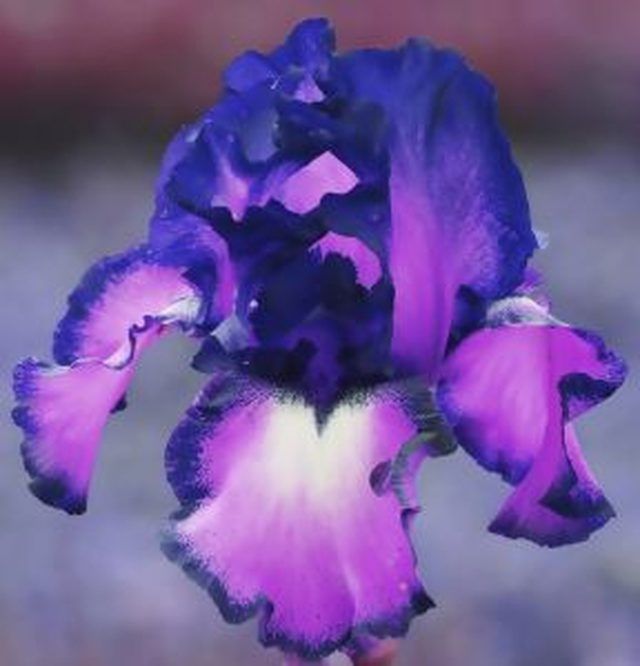Bulbs
Flower Basics
Flower Beds & Specialty Gardens
Flower Garden
Garden Furniture
Garden Gnomes
Garden Seeds
Garden Sheds
Garden Statues
Garden Tools & Supplies
Gardening Basics
Green & Organic
Groundcovers & Vines
Growing Annuals
Growing Basil
Growing Beans
Growing Berries
Growing Blueberries
Growing Cactus
Growing Corn
Growing Cotton
Growing Edibles
Growing Flowers
Growing Garlic
Growing Grapes
Growing Grass
Growing Herbs
Growing Jasmine
Growing Mint
Growing Mushrooms
Orchids
Growing Peanuts
Growing Perennials
Growing Plants
Growing Rosemary
Growing Roses
Growing Strawberries
Growing Sunflowers
Growing Thyme
Growing Tomatoes
Growing Tulips
Growing Vegetables
Herb Basics
Herb Garden
Indoor Growing
Landscaping Basics
Landscaping Patios
Landscaping Plants
Landscaping Shrubs
Landscaping Trees
Landscaping Walks & Pathways
Lawn Basics
Lawn Maintenance
Lawn Mowers
Lawn Ornaments
Lawn Planting
Lawn Tools
Outdoor Growing
Overall Landscape Planning
Pests, Weeds & Problems
Plant Basics
Rock Garden
Rose Garden
Shrubs
Soil
Specialty Gardens
Trees
Vegetable Garden
Yard Maintenance
How to Grow Irises in Patio Containers
How to Grow Irises in Patio Containers. If you are looking for a low maintenance plant with large and colorful blooms, look no further than the popular iris. Irises are simple to grow successfully even for the most novice gardener and come in many varieties and sizes. Grow both 8-inch tall dwarf varieties and regular types successfully in pots on...

If you are looking for a low maintenance plant with large and colorful blooms, look no further than the popular iris. Irises are simple to grow successfully even for the most novice gardener and come in many varieties and sizes. Grow both 8-inch tall dwarf varieties and regular types successfully in pots on patios and balconies. Sow iris rhizomes, sometimes referred to as bulbs, in late summer and early fall so they are ready for spring or early summer blooming.
Things You'll Need
Pot
Fir bark
Peat moss
Pumice
Iris rhizomes
Choose an 8-inch pot for dwarf iris or a 12-inch pot for taller varieties such as bearded iris. Pick a pot with plenty of drainage to avoid rhizome rot.
Fill the pot with a good draining potting soil or create your own from 45 percent fir bark, 35 percent peat moss and 20 percent pumice. Fill to within 1 inch of the container rim.
Plant one rhizome per pot. Sow in center of the pot with the root end in the soil. Leave the very top of the rhizome exposed.
Water when the top 2 inches of soil are dry. Check the soil regularly with your fingers.
Keep the container outside during the winter months. Bring inside when buds appear on the flower stalk in the spring if desired.
Divide the rhizome two months after blooming every two to three years to prevent overcrowding. Dig up the rhizomes and separate. Replant the healthiest appearing rhizome in the pot. Discard, give away or plant other rhizomes in new pots.
Tips & Warnings
Fertilize with bone meal early spring and after blooming to encourage healthy growth.
Avoid over watering. Too little water is preferable to too much.